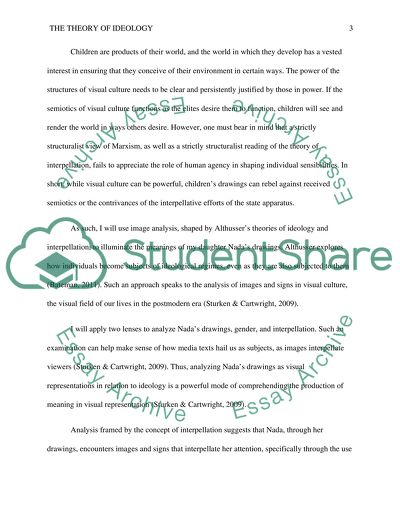Cite this document
(The Theory of Ideology Essay Example | Topics and Well Written Essays - 1250 words, n.d.)
The Theory of Ideology Essay Example | Topics and Well Written Essays - 1250 words. https://studentshare.org/sociology/1693346-the-theory-of-ideology-and-childrenaposs-drawings
The Theory of Ideology Essay Example | Topics and Well Written Essays - 1250 words. https://studentshare.org/sociology/1693346-the-theory-of-ideology-and-childrenaposs-drawings
(The Theory of Ideology Essay Example | Topics and Well Written Essays - 1250 Words)
The Theory of Ideology Essay Example | Topics and Well Written Essays - 1250 Words. https://studentshare.org/sociology/1693346-the-theory-of-ideology-and-childrenaposs-drawings.
The Theory of Ideology Essay Example | Topics and Well Written Essays - 1250 Words. https://studentshare.org/sociology/1693346-the-theory-of-ideology-and-childrenaposs-drawings.
“The Theory of Ideology Essay Example | Topics and Well Written Essays - 1250 Words”. https://studentshare.org/sociology/1693346-the-theory-of-ideology-and-childrenaposs-drawings.


